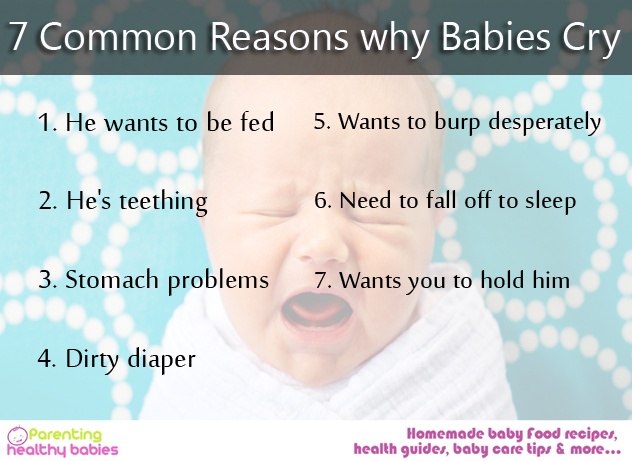Having a baby can bring so much joy and meaning into your life. As they begin to take their first steps or call you by “mumma” and “dada” it warms your heart. However, it can also be very difficult to train your child to do basic things like: eat on their own and fall asleep regularly and at correct intervals. Depending on the nature of your child, and the environment that they have been growing up in, their sleep pattern and sleep techniques will differ. Also, as they transition from being infants to toddlers, you will notice some change in their habits. Of course, it would be a miracle if one sleeping trick worked for all children- it would be a blessing for the parents! However, here are a few tricks most commonly suggested by pediatricians and childhood behaviour experts which may help you:
1. Fading method
So this is the first method where your child transitions from being a lap sleeper to sleeping on small cots or beds. The warmth and gentle rocking of your lap are difficult for the child to give up. So, when your child is half- asleep (kind of awake but very drowsy) slowly put them down on the bed and exit the room. Your child may fuss a bit for a few minutes after you do this, but do not re-enter the room. If you keep re-entering the room every time they cry, they will realize this and not work on falling asleep alone. If they are sleepy enough, they will doze off on their own. However, if they continue crying too much for 10-20 minutes then re-enter the room and try this technique again. If they keep fussing while sleeping, gently rub their back and pat on their back.
2. Cry it out method
This is a method that is as difficult on the parent as it is on the toddler. Here, once you put your baby to sleep, you are not supposed to enter the room, hold them, or assure them. You can pop your head in through the door. The psychology behind this is- if your child realizes you will come back and hold them up if they cry, they will continue doing so until you give in and not learn to sleep on their own. So, you have to be a little tough hearted and listen to your child cry while they want to fall asleep. Of course in variations of this method, you can come and assure them after a considerable amount of time- say, 20 minutes for the first time and 30 minutes for the second time. This will help your child understand that now they cannot expect your company immediately after crying. However, it is not going to work for very determined children who throw such tantrums that their breathing can be affected. So be careful!
3. Camp outside method
This is the perfect method for you if your child has been sleeping in your bed and you want them to shift into their own bed. For this, firstly wait till your child has fallen asleep on your bed. Then pick them up and put them to sleep on their own bed. Sleep beside them on an air mattress for a few days to get them accustomed and then switch to sitting on a chair in your child’s bed until they have completely fallen asleep. Then leave their room. If your child continues to fuss for a bit, let them. Additionally, try to use techniques from the other two methods eventually too and see what works the best for you and your child.
How to help your baby move from a crib to a bed?
Parents are often confused about what would be the correct age for children to make this transition. Your answer: there is no one perfect age. The age of transition can range from 1 and a half years to 3 and a half years. If your child is potty trained, needs to use the washroom, and is climbing out of their crib- you can make the shift.
However, keep in mind that to make this transition easy encourage them by making the event very special, let them play a role in choosing their bed or bed-sheets, and do not overwhelm them with too much change. Also, baby-proof the room and check in regularly.
Create a bed-time routine for your toddlers
When the basic transition is made and you want your child to realize on their own that they should sleep, make a routine that begins at least 30 minutes to an hour prior to the actual time of going to bed. These activities can be something small and simple, like taking a bath and relaxing afterward. After the bath, your child should feel calm and be encouraged to not play and run around. They can brush their teeth, put on the sleeping clothes of their choice, and have a favourite story to listen to as they snuggle in their bed. They can also listen to some calming music. Try to avoid too many stimuli at this time as your child needs to feel relaxed. Dim the lights and pull curtains, make a lesser noise at home. Eventually, they will understand and adapt to this routine. You can do similar things for a daytime nap routine as well.
In conclusion
It is important to remember that all these methods that you implement will take time to work for you and your toddler. It will be an eventual transition. Also, when they first begin sleeping on their own, it is important to check on them every 1-2 hours at least. If you find that they’re awake, find a way to pacify them again and put them back to sleep. Be patient with your child, and good things will happen out of it.
References:
https://www.happiestbaby.com/blogs/toddler/toddler-sleep-training
https://www.healthline.com/health/parenting/sleep-training-toddler#toddler-friendly-bedtime-routine













